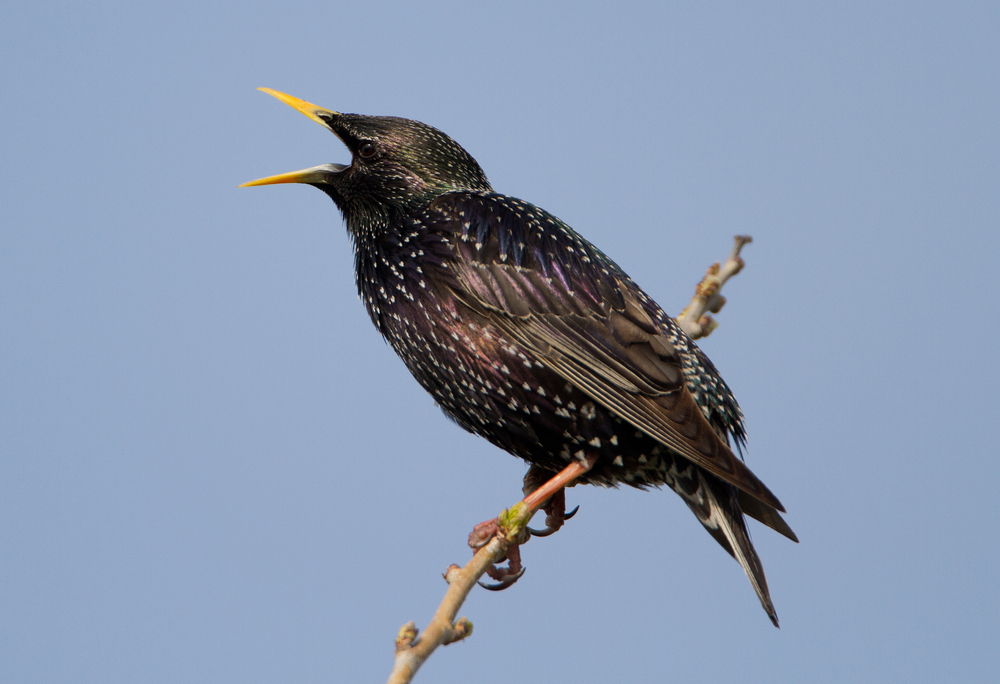
Wild birds rarely die from drowning, and when they do, it’s usually an isolated incident. Yet, over the years, there have been several mysterious accounts of groups of common starlings (Sturnus vulgaris) found floating in garden ponds in apparent mass drownings.
Researchers from the Zoological Society of London (ZSL) set out to shed some light on the mystery by investigating 12 separate incidents of mass starling drownings recorded in England and Wales between 1993 and 2013.
They found that on 10 of these occasions, more than 10 starlings had perished, while in some cases, up to 80 birds had succumbed to a watery grave. The drownings occurred during the spring and early summer months and tended to involve juvenile birds, but no evidence of underlying disease was found.
The study, published in the journal Scientific Reports, failed to come up with a conclusive theory to account for the mass mortality, but the researchers suspect that the age of the victims, together with their natural flocking behaviour may hold a clue. Starlings bathe and drink together in groups and may get into difficulties if their feathers become waterlogged within a confined space.
Dr Becki Lawson, Lead Author and ZSL Wildlife Veterinarian, commented: ‘Drowning appears to be a more common cause of death amongst younger birds, as they may be inexperienced in identifying water hazards. This combined with the fact that starlings are a highly social species could potentially explain why multiple birds drown together.’
Rob Robinson, Co-author and Associate Director of Research at the British Trust for Ornithology (BTO) reassured the public that while such incidents are alarming, they are not considered a significant factor in starling population decline.
He said: ‘Starlings are a Red-listed species in the UK, under threat from issues including loss of nesting sites and a lack of insect food sources – so much so that their population has declined 79 per cent in the past 25 years. Whilst drowning is an unexpected cause of death, it’s not thought to be a conservation threat as, fortunately, these incidents are currently relatively rare.’
To minimise the risk of drowning, while providing garden birds with a valuable source of water, ZSL and BTO recommend adding a sloping exit or ramp to water features.
Anyone in Britain who spots sick or dead wildlife in their gardens is encouraged to report it via the Garden Wildlife Health website.
